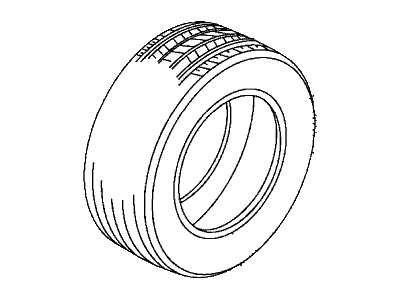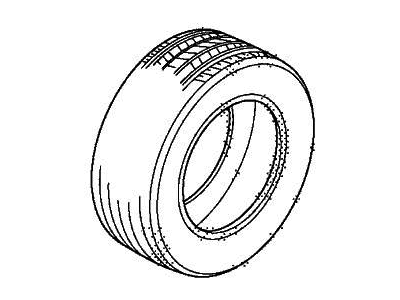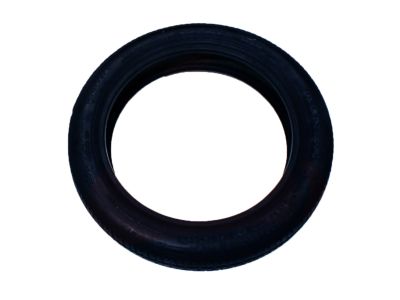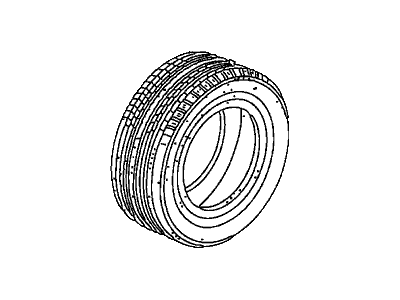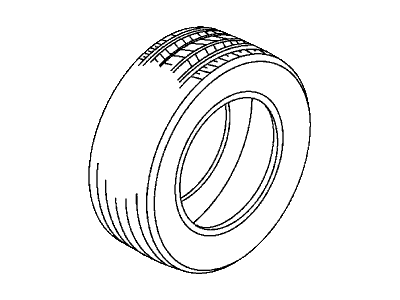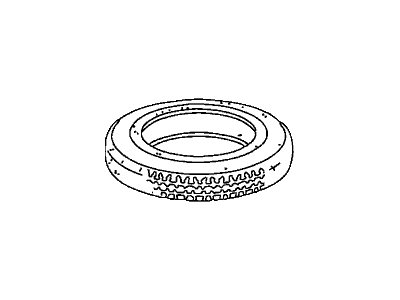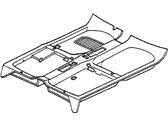×
- Hello
- Login or Register
- Quick Links
- Live Chat
- Track Order
- Parts Availability
- RMA
- Help Center
- Contact Us
- Shop for
- Honda Parts
- Honda Accessories

My Garage
My Account
Cart
Genuine Honda Fit Tire
Spare Tire- Select Vehicle by Model
- Select Vehicle by VIN
Select Vehicle by Model
orMake
Model
Year
Select Vehicle by VIN
For the most accurate results, select vehicle by your VIN (Vehicle Identification Number).
17 Tires found
Honda Fit Tire (185/55R16 83H) (Sp Sport 7000 A/S) (Dunlop)
Part Number: 42751-DUN-047$134.59 MSRP: $135.33You Save: $0.74 (1%)Honda Fit Tire (185/60R15) (84T)(FR740) (All-Season) (Firestone)
Part Number: 42751-FIR-013$166.67 MSRP: $167.59You Save: $0.92 (1%)
Honda Fit Tire (185/55R16) (83H)(FR740) (High Perf. A/S) (Firestone)
Part Number: 42751-FIR-014$154.97 MSRP: $155.82You Save: $0.85 (1%)
Honda Fit Tire
In search of affordable OEM Honda Fit Tire? Consider browsing through our extensive inventory of genuine Honda Fit Tire. Not only do we provide market-leading prices and a manufacturer's warranty, but we also pride ourselves on exceptional customer service and swift delivery.
Honda Fit Tire Parts Questions & Experts Answers
- Q: How Should I Care for My Honda Fit's Tires and Wheels?A:All vehicles described come with metric-sized steel-belted radial tires. Using other sizes or types might alter the vehicle's ride and handling. It's crucial not to mix tire types, like radials with bias-belted, since this can greatly impair handling. Ideally, replace tires in axle pairs. If only changing one tire, ensure it matches the size, structure, and tread of the other. Tire pressure significantly influences handling and wear, so check pressures monthly or before lengthy trips. Wheels that are bent, dented, leaky, have deformed bolt holes, excessive rust, lack vertical symmetry, or can't maintain tight lug nuts must be replaced. Welding or peening methods are not advised for wheel repairs. Balancing tires and wheels is vital for optimal handling, braking, and vehicle performance. Imbalanced wheels can negatively impact handling, ride experience, and tire longevity. Always balance a tire and wheel post-installation, ensuring it's done by a well-equipped shop.
- Q: What are the benefits of periodic tire inspections for the Honda Fit?A:One can prevent flat tires and detect steering or suspension problems through regular tire inspections. Use a tread depth indicator to monitor tire wear and replace tires when necessary. Cupping or uneven wear may indicate alignment or balance problems that need professional help. Test the tire's inner sidewall for brake fluid leakage, cut, punctures and slow leaks can be checked while inspecting the inside of the wheel. This is essential if one wants to increase the life of a tire, mileage, and smoothness of ride. The gauge reading should be compared with the recommended pressure on the tire placard while measuring pressure when tires are cold. The spare included, all tires must be at recommended pressures.
- Q: What are the procedures for rotating tires and checking brakes on the Honda Fit?A:The tires should be rotated at the specified intervals and whenever uneven wear is noticed. Since the vehicle will be raised and the tires removed anyway, check the brakes at this time. Tires must be rotated in a specific pattern. For the proper procedures to follow when jacking the vehicle and changing a tire, if the brakes are to be checked, do not apply the parking brake as stated. Make sure the tires are blocked to prevent the vehicle from rolling. Preferably, the entire vehicle should be raised at the same time. This can be done on a hoist or by jacking up each corner and then lowering the vehicle onto jackstands placed under the frame rails. Always use four jackstands and make sure the vehicle is firmly supported. After rotation, check and adjust the tire pressures as necessary and tighten the wheel lug nuts. Reset the Maintenance Minder.
